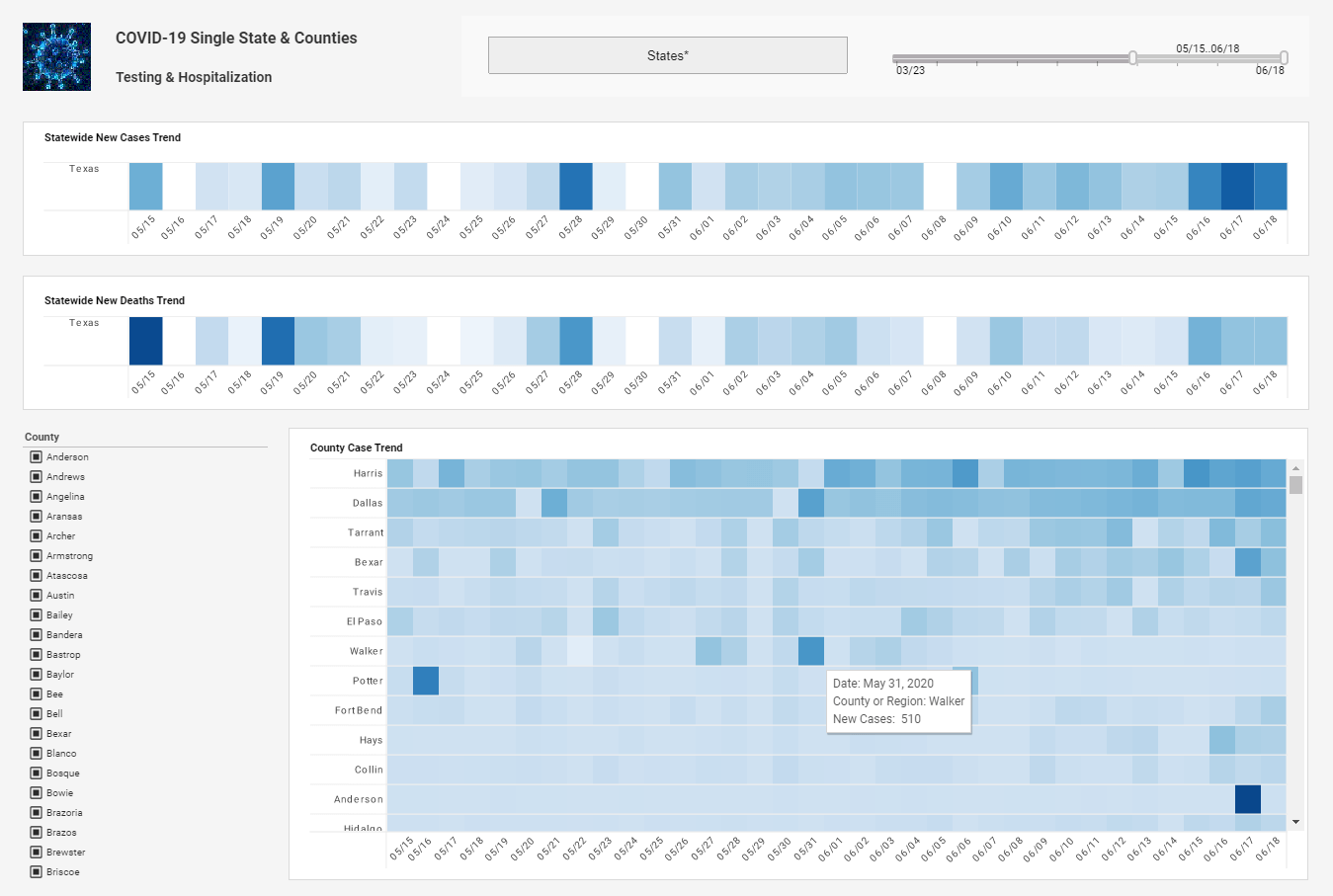InetSoft Webinar: Applied Business Intelligence in Healthcare
This is the continuation of the transcript of a Webinar hosted by InetSoft on the topic of "Improving Business Agility Using Performance Management Software." The speaker is Mark Flaherty, CMO at InetSoft.
So, if you go to the next slide, this is an example of applied business intelligence in healthcare and insurance. This insurance provider in the western part of New York, just like any healthcare or health insurance company, they have system after system that have different processes and different internal applications, and they needed a way to speed up the member enrollment process and the eligibility process, and so they used decision management, business intelligence, business rules and business process management to work across all these systems and to really speed things up, and they are able now to roll out new programs twice as fast as they used to because of this BI system.
It is amazing, the amount of expertise then can be automated into a system that can then give you all that at your fingertips. I wrote a blog article about this actually. And you know what’s interesting about this application of BI, it's really a unique situation where you know the machine is taking data, you know maybe you’re not entering it in a computer, maybe you’re not writing a blog, maybe not filling out a questionnaire, but its collecting data in real time and pushing out actionable information, right.
| #1 Ranking: Read how InetSoft was rated #1 for user adoption in G2's user survey-based index | Read More |
It’s processing the data automatically and analyzing that data that it takes in, and that’s what we are talking about really across the enterprise is whatever data you’re taking in, how does that become actionable data? It’s a interesting BI example, but you can think of the same sort of process in a bank, in an insurance company and any type of institution.
An operational decision management system brings together the contextual decisions based on business rules with the situational awareness of business events. Now a business event maybe somebody takes money out of an ATM machine, a business event maybe somebody asks for an insurance quote over the web. So this system can basically be triggered by real time events and then apply business rules to the response.
In many companies, you may have thousands or tens of thousands of business rules also using predictive analytics and then this can be triggered by real-time events from that complex event processing world, and this gets married together to give you operational decision management. A couple of the key things about this BI platform, the environment is very business user friendly so this does not require an IT person to actually write these rules. In fact, it is meant for a business person to write the rules. Now IT does the deployment of this BI system onto the servers, but business people can change the rules and in this example that we talked about they actually had 60 rule changes over the course of a year, over the course of 13 months and they were all written by the business people.
And in the case of the customs example, the customs official, not IT people, put in the various rules that apply to these automated decisions. So going back to this sort of governance and the ability for business people to write these rules, that’s what this BI platform is based on. So I invite you to come to our website and to learn more about operational business intelligence.
| Previous: Operational Decision Management |


